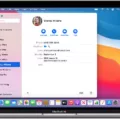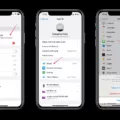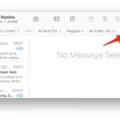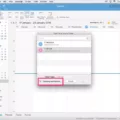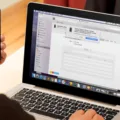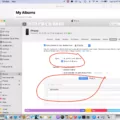Are you having trouble accessing your iCloud Drive on your Mac? If so, you might be wondering why it is grayed out. The answer is actually quite simple – it could be the result of a few different issues. In this blog post, we will discuss what these issues are and how to fix them.
First, iCloud Drive uses Apple ID authentication to keep your files secure. If you have recently changed your Apple ID password or have not logged in with your Apple ID for some time, then this could be the reason why your iCloud Drive is grayed out on your Mac. To resolve this issue, simply log in with your Apple ID and enter the correct password.
Second, if you have recently installed macOS, Big Sur, then this could also cause problems with iCloud Drive. To resolve this issue, go to the Apple menu. > System Settings or Apple menu? > System Preferences and click on “Apple ID”. Select “iCloud” from the menu and make sure that “iCloud Drive” is turned on.
Third, another common reason for the problems with grayed-out iCloud Drive is that the Screen Time passcode doesn’t work or has recently been changed. If this is the case, you might have to delete the application and set up your device as a new iPhone in order to log in with a new passcode.
Fourth, if none of these solutions work then it could be due to poor internet connection or signal strength. To check if this is the case go to Apple Menu. > System Settings or Apple Menu? > System Preferences and click on “Apple ID”. Select “iCloud” from the menu and make sure that “iCloud Drive” is turned on and then turn on Desktop & Documents Folders from the options menu next to “iCloud Drive” option. Wait for some time for files on Macs to sync up with iCloud Drives properly before trying again.
there are several possible causes of an iCloud drive being greyed out on Macs including incorrect passwords or recent macOS updates as well as poor internet connection or signal strength issues can all contribute to an issue like this one but thankfully most of these issues can be easily resolved by following some simple steps outlined above! We hope that this blog post has helped you identify why your Mac’s iCloud drive may be greyed out and how to resolve it!
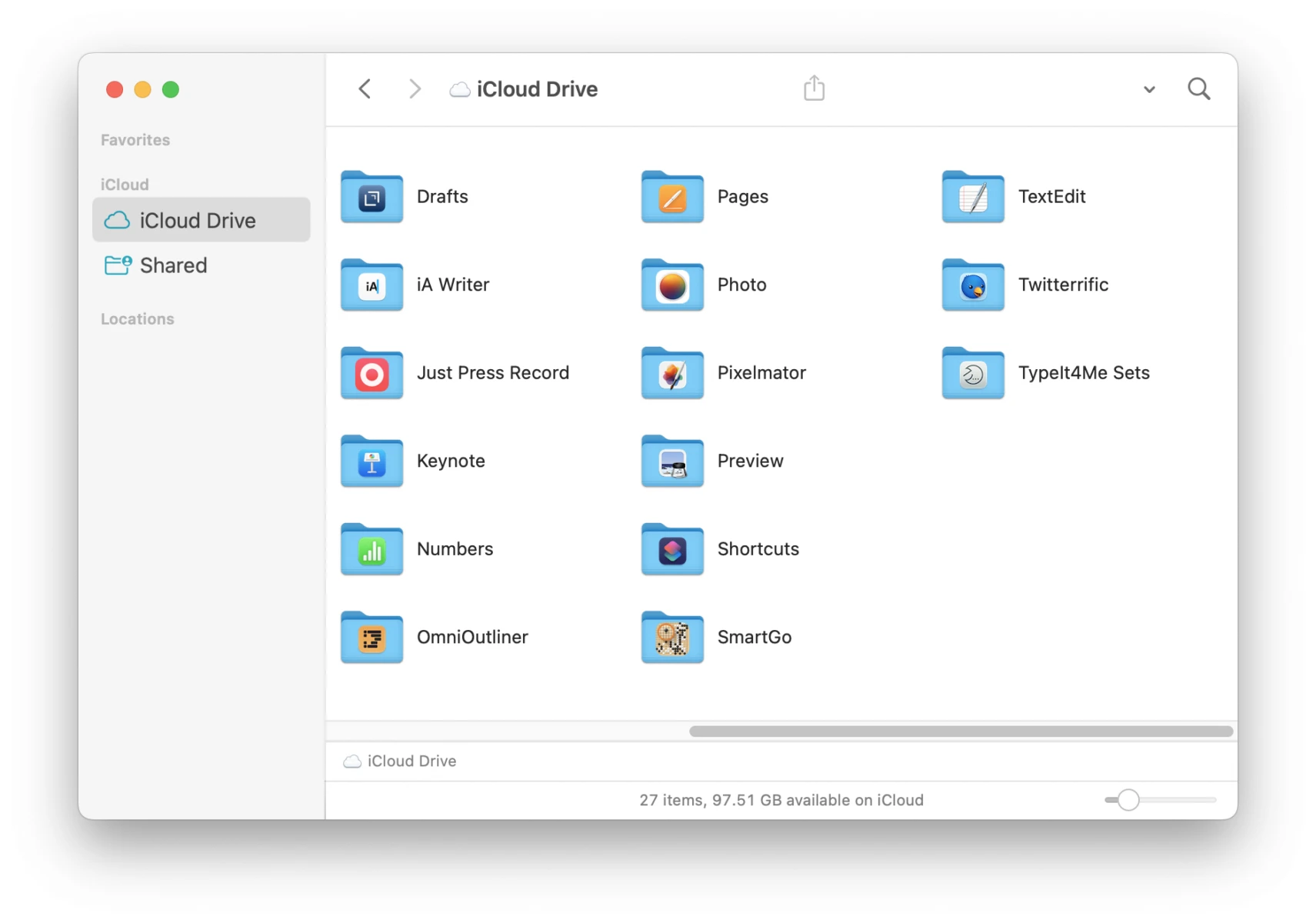
Enabling iCloud Drive on Mac
To enable iCloud Drive on your Mac, go to the Apple menu. > System Settings or Apple menu? > System Preferences. Then click on Apple ID. Select iCloud and sign in with your Apple ID, if you need to. Once signed in, turn on iCloud Drive. With iCloud Drive enabled, your documents and other data will automatically sync across all of your devices that use the same Apple ID.
Troubleshooting a Greyed Out iCloud Account
If your iCloud account is appearing greyed out, it could be due to a few different reasons. First, you may need to update your iCloud settings on the device. To do this, open the Settings app and select iCloud. Here, sign in with your Apple ID and password, then enable the features you wish to use.
Another possible cause of a greyed-out iCloud account is that you have exceeded the available storage space in your account. To check your available storage space and manage it accordingly, go to Settings > [Your Name] > iCloud. Here, you will find the option to manage your storage and delete any unnecessary files or apps that are taking up space.
Lastly, if none of these solutions work, it could be due to an issue with the Screen Time passcode not working or recently being changed. If this is the case, you will need to delete the application and set up your device as a new iPhone in order to log in with a new passcode.
Troubleshooting iCloud Drive Issues on Mac
If your iCloud Drive is not loading on your Mac, it could be caused by several issues. First of all, make sure that you have a stable internet connection, as iCloud Drive needs a constant internet connection to sync files. Secondly, check if you are logged in with the right Apple ID in System Preferences > iCloud. Thirdly, make sure that your iCloud Storage is not full and that you have enough space to save the files. Finally, restart your Mac and try again after some time. If none of these steps work, contact Apple Support for further assistance.
Resynchronizing iCloud Drive on Mac
To resync iCloud Drive on your Mac, you’ll need to follow these steps:
1. Go to the Apple menu? > System Settings (or System Preferences if using macOS Monterey or earlier).
2. Click on Apple ID, then click iCloud.
3. Make sure that iCloud Drive is turned on.
4. Select the Options button next to iCloud Drive.
5. Select ‘Reset Sync Data’ from the list of available options.
6. Confirm the choice by clicking ‘Reset’.
7. Wait for the reset process to finish and restart your Mac in order for the changes to take effect.
8. Once your Mac has restarted, you can check if the reset was successful by signing into iCloud and checking that all of your files and folders are synced up correctly with iCloud Drive.
Consequences of Deleting iCloud Drive on Mac
If you delete iCloud Drive on your Mac, all files stored in iCloud will be removed from the device. You will have the option to keep a local copy of these documents when turning off iCloud Drive, but the files won’t be available in iCloud anymore. It’s important to note that deleting iCloud Drive will not affect files stored on other devices associated with your Apple ID.
Managing iCloud Drive on Mac
To manage iCloud Drive on Mac, open System Preferences. Click on your name at the top of the sidebar and sign in with your Apple ID (or create one if you don’t see your name). Once signed in, click iCloud on the right and then click Manage. From there you can view and manage the amount of storage that is being used for iCloud Drive. You can also choose which apps are able to use iCloud Drive for storing their data. When finished making changes, click Done to save your preferences.
Checking if Mac is Syncing with iCloud
In order to check if your Mac is syncing with iCloud, you can open the in-app Settings by tapping the ⚙️ in the top-right corner and then selecting the iCloud Sync entry. This will open a page with the current syncing status at the top. The page will display whether or not your Mac is currently syncing with iCloud. Additionally, if there are any errors that have caused a sync failure, they will be displayed here as well.
Conclusion
In conclusion, iCloud Drive is a powerful and convenient service from Apple that allows you to store, sync, and share files securely across multiple devices. It offers a great way to back up data and keep files in sync between different devices. With iCloud Drive, you can easily access your documents and photos from any device, whether it’s an iPhone, iPad, Mac, or PC. With its automatic syncing capabilities, you don’t need to worry about losing important data or documents if something happens to one of your devices.

